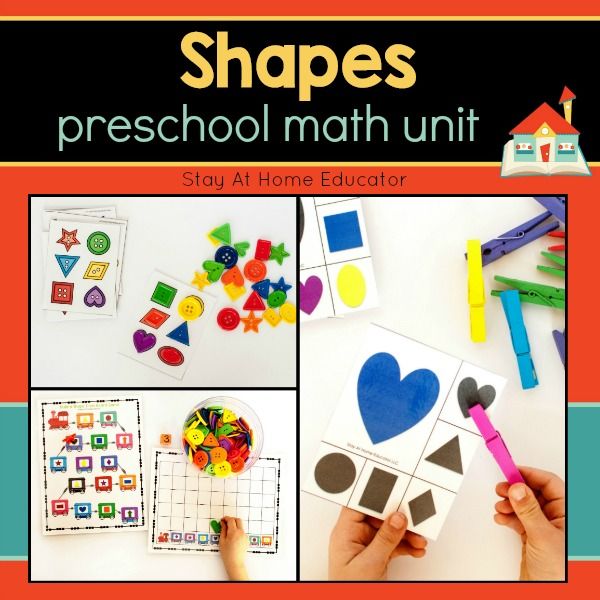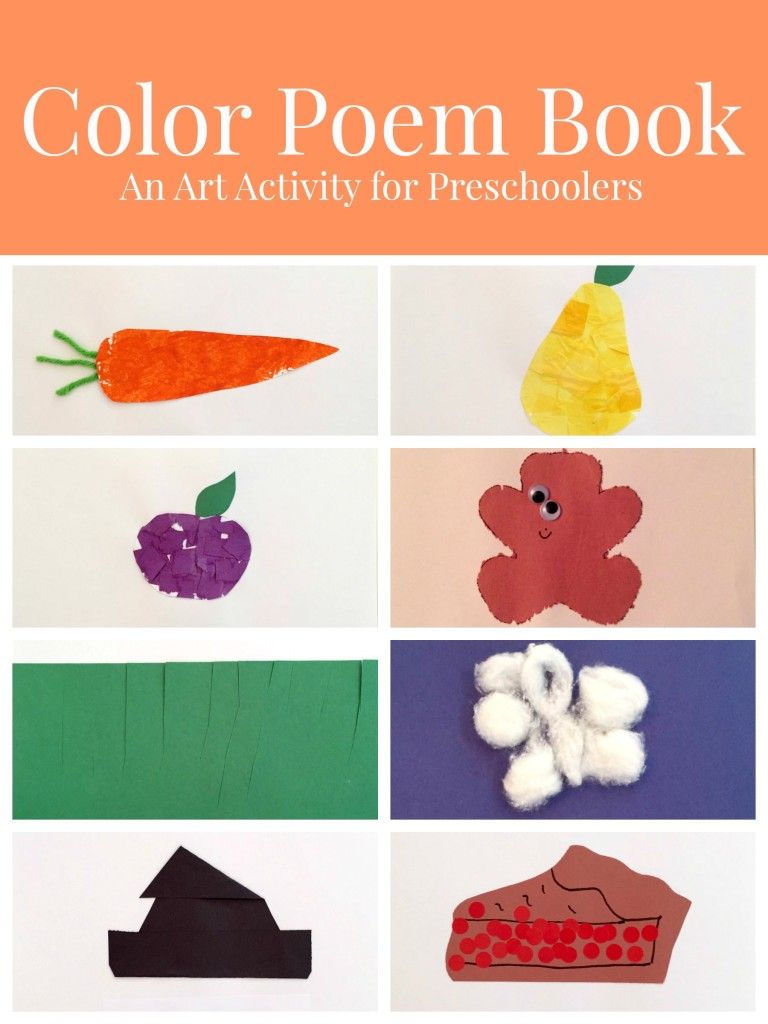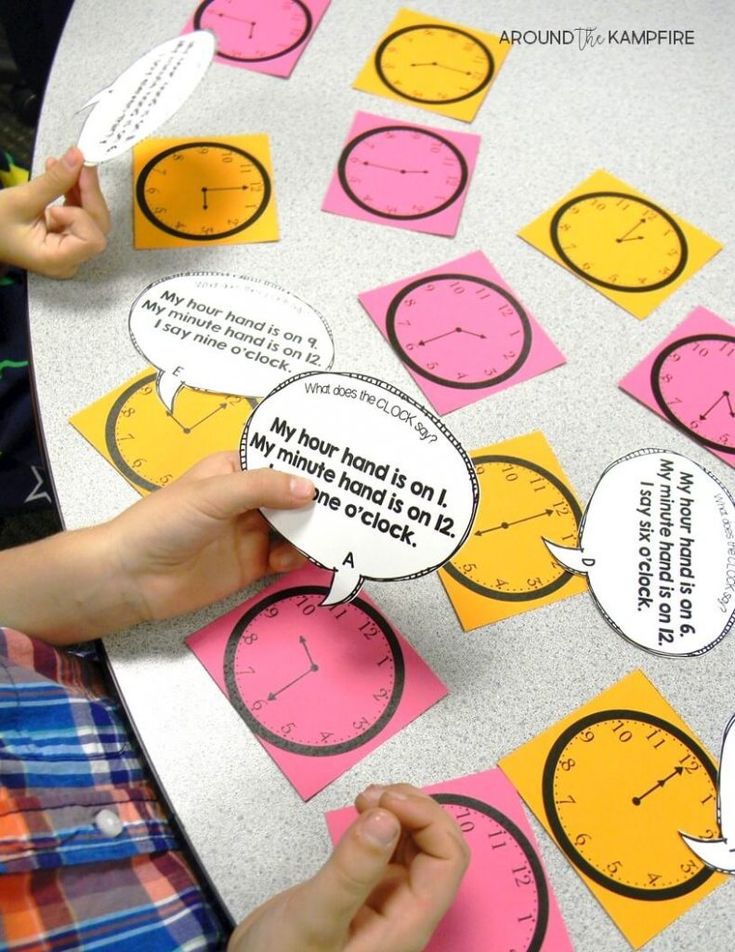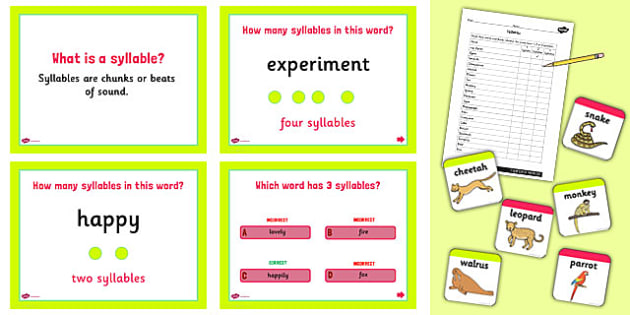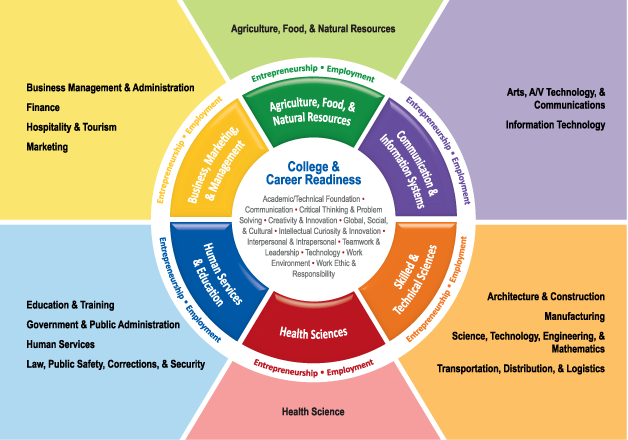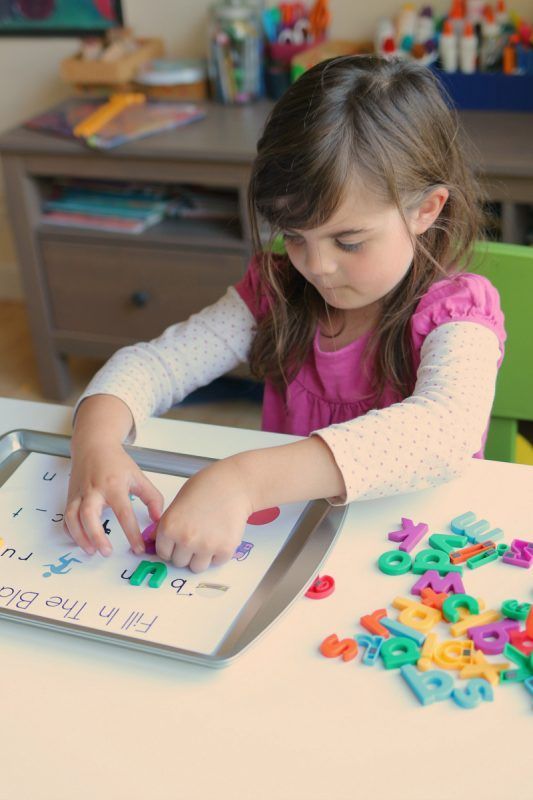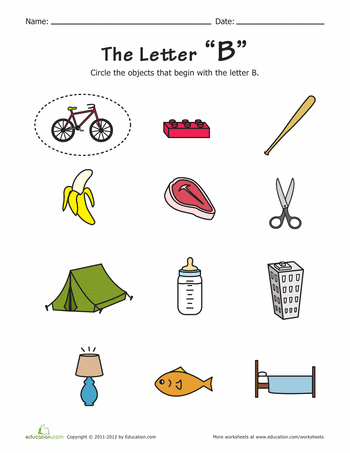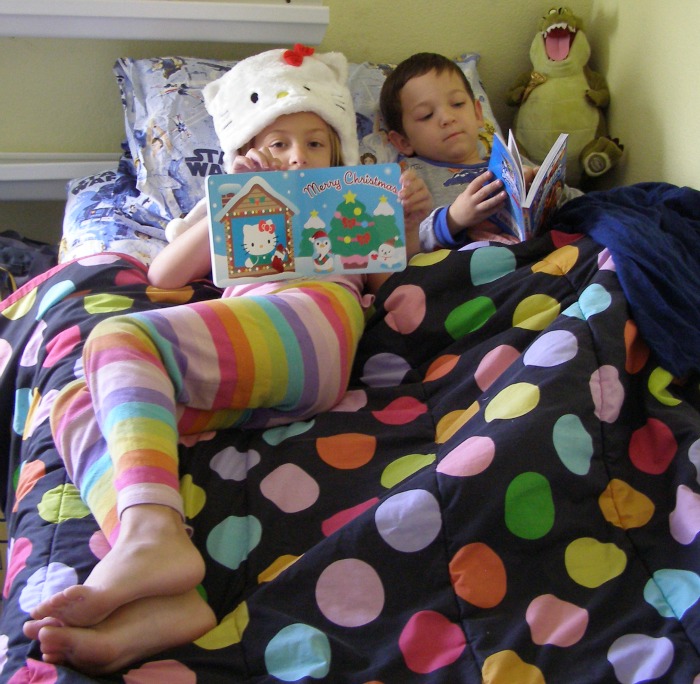Teach preschoolers math
How to Teach Maths to Preschoolers
- Share
Children start developing their mathematical skills while they are still babies exploring their environment and continue into their preschool years.
By the time they are learning formal mathematical concepts in the first grade, the foundation for success is already set.
Here are some tips for how to teach maths to preschoolers at school or at home by using hands-on activities and following a concrete-pictorial-abstract approach.
What are Early Maths Skills?Early maths refers to the mathematical concepts and skills a child builds informally during the first few years. These are also called pre-maths skills or early numeracy skills.
It is essential to first develop these before trying to introduce maths concepts that are too advanced.
When introducing your child to maths, you may immediately think of numbers and start with counting, recognizing the numbers and adding or subtracting them.
While learning to count to 10 is fun for young kids, understanding the value of these numbers and what they represent is an advanced skill.
If you ask a very young child to count 5 objects by touching them one at a time, you might see them count the same object twice or skip over some.
It’s important to first understand how children learn mathematical concepts and then help them develop early mathematical skills.
How Children Learn Maths: The Concrete Pictorial Abstract ApproachThe three stages of learning any mathematical concept are concrete, pictorial and abstract.
The Concrete StageIn the concrete stage, children need to physically experience a concept. They need to develop an understanding of one item by holding one block.
By playing with concrete objects, children form the concept that there can be one object, multiple objects, less objects, more objects, etc.
Many mathematical processes are going on while children build a tower of blocks or make mud cakes in the sand pit. They learn concepts such as more, less, one more, not enough, how many, plenty, fewer, take away and add on.
Children compare objects and learn that a value can be attached to objects.
The Pictorial StageIn the pictorial stage, which follows the concrete stage, children are able to see a picture of objects and understand that it represents real objects.
For example, a child can look at a picture and understand that the 4 leaves represent 4 actual leaves.
Later on, a child can see a dice with 4 dots on it and assign the value 4, knowing that the dots could hypothetically represent any object.
They would then be able to add the 4 dots on one dice to the 3 dots on another and say there are 7 dots altogether.
The Abstract StageThis is the final stage of understanding a mathematical concept. It means that a child can look at a sum, e.g. 4 + 3, written in number symbols, and add them without concrete objects or pictures.
It means that a child can look at a sum, e.g. 4 + 3, written in number symbols, and add them without concrete objects or pictures.
The child has matured enough to understand that the symbols 4 and 3 represent a number of objects to be added.
This post contains affiliate links for educational products that I personally recommend. If you purchase through one of them, I earn a commission at no extra cost to you. Read the terms and conditions for more details.
Are Preschoolers In the Concrete, Pictorial or Abstract Stage?Preschoolers are mostly in the concrete stage.
In fact, up until the third or fourth grade, any teacher worth their salt will still introduce a new concept in a concrete way before moving on to books or worksheets with examples to solve.
When children understand a concept concretely, it is then much easier to solve abstract problems.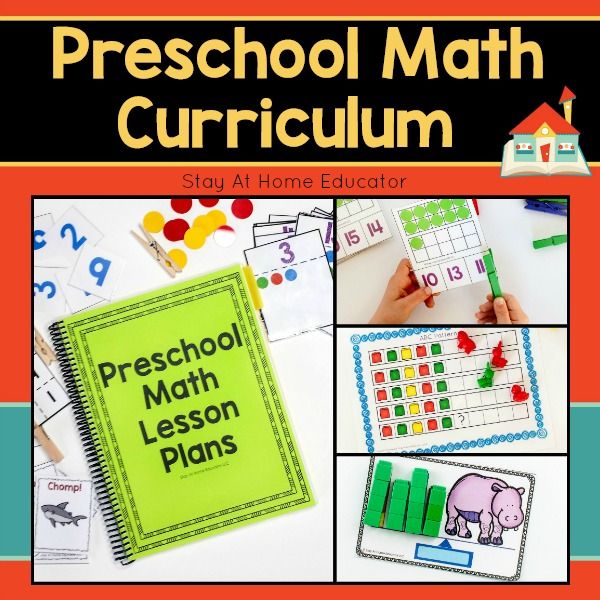
This means that in the preschool years, trying to push a child to count pictures of objects or understand the value of the number symbols is premature and will cause frustration.
You may want to expose your child to numbers (e.g. playing with wooden numbers like these or magnetic number tiles) or rhymes that teach counting, but do not expect your child to understand the value of these numbers yet.
How to Teach Maths to Your Preschooler: 15 Simple ActivitiesThe best method for teaching mathematics in early childhood is through their main medium of learning – play.
This means that during these early years children don’t need formal lessons, activity sheets and workbooks. Maths for preschoolers should be all about fun.
Here is a list of just a few basic everyday opportunities that double up as the perfect preschool maths activities.
1.
Play With ShapesPlaying with foam or wooden shapes familiarises your child with basic geometric shapes, as well as their properties.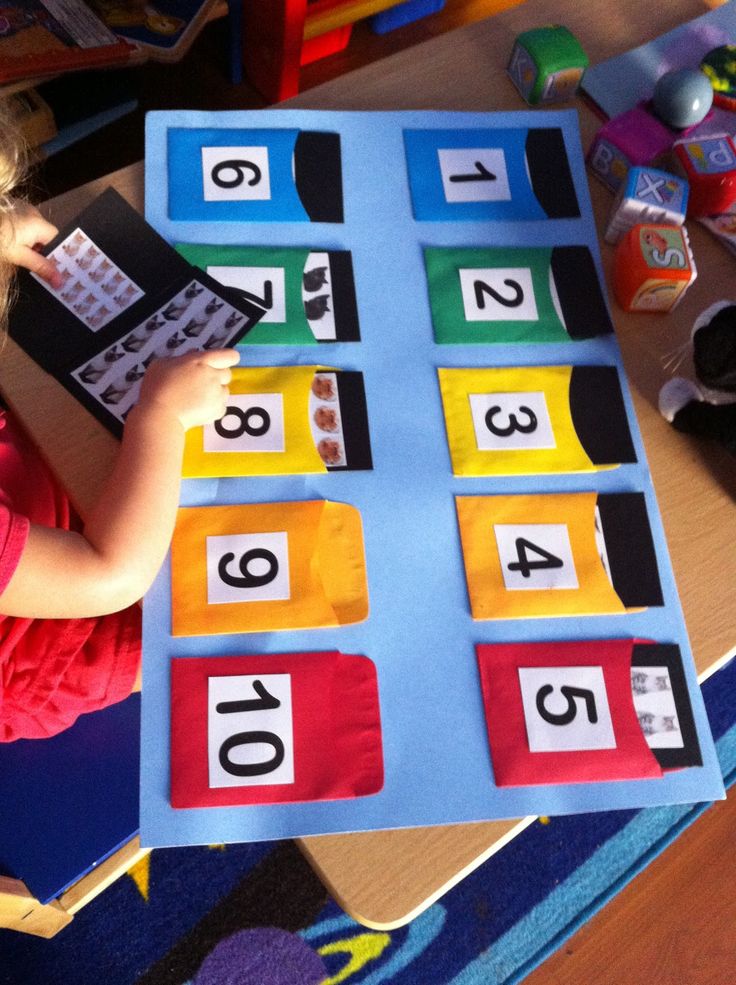 It teaches shape recognition.
It teaches shape recognition.
2.
Make Shape PicturesCut basic shapes out of coloured paper and make a picture out of them. Children learn to join 2D shapes together to make different forms.
Tangrams (like these) are great for making pictures with shapes.
3.
Build PuzzlesPuzzles are excellent for developing visual perception and will build a child’s understanding of geometry.
Choose good quality wooden puzzles with a wooden tray.
4.
Play With PegboardsPegboards are another great activity for building maths skills in preschoolers. They develop number concepts and geometrical knowledge.
5.
Build FortsThis may not seem like a maths activity, but building forts and other structures and climbing inside them is the first step in a child learning about space and shape. These early play sessions are a must.
6.
Use ManipulativesThere are so many benefits of playing with blocks that children should have opportunities to play with blocks and all kinds of manipulatives daily.
Offer beads, counters and objects for loose parts play. There are also many benefits of Lego and other construction toys.
Playing with blocks is the first step in building a number concept and every child should have a good set of wooden blocks at home. This set is perfect for the classroom or home.
7.
Make Mud PiesWhen children play in the sandpit and make mud pies and other structures, they begin to use terms such as “I need to make another one,” “There are 3 cakes” or “I made one for each of us.”
8.
Learn Counting SongsCounting songs are a fun way for a young child to learn to count forwards and backwards. This is known as rote counting.
They also learn about increasing and decreasing quantity in songs such as Five Green Bottles.
9.
Play With NumbersLet your child play with foam, rubber, wooden or plastic numbers in the bath or on a magnetic board.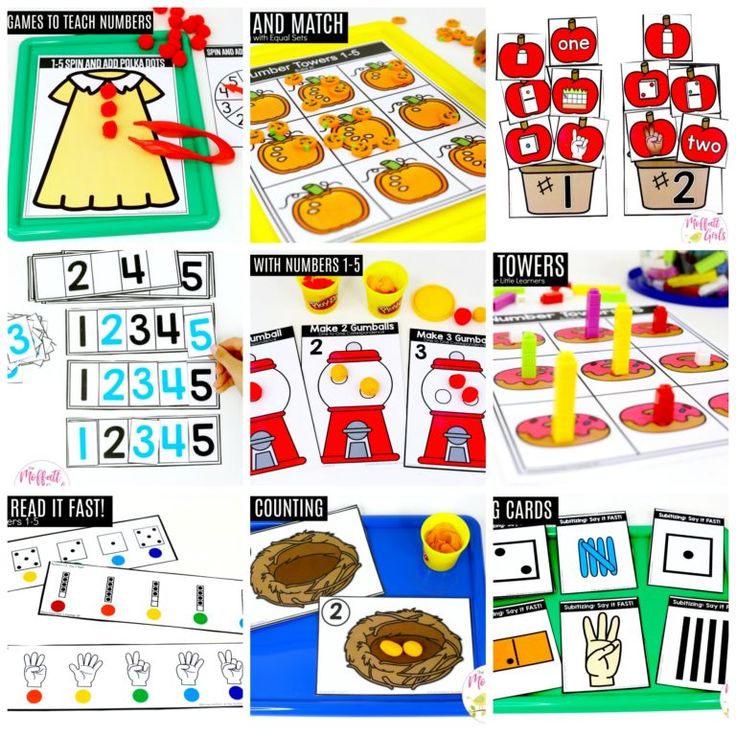 Because they are physical objects, your child can touch them and feel their shapes.
Because they are physical objects, your child can touch them and feel their shapes.
This is far more meaningful to a young child than looking at numbers on an activity page. With time, they will naturally learn to recognize them and know how they are formed.
10.
Make Playdough NumbersPlaydough is one of the best substances out there, with some amazing benefits.
Get kids to mould the numbers out of playdough. This sensory activity will imprint the numbers in your child’s mind far quicker than trying to write the numbers on paper.
11.
Play With ContainersProvide containers of different sizes and shapes and let your child discover the basics of capacity while having fun in the bath or sandpit.
Baking is a great mathematical experience. Let your child be involved in measuring the ingredients to introduce them to units of measurement and quantities.
12.
Measure ObjectsAsk your child to measure certain objects – such as a book, table or room – using body parts like hands or feet, and later objects, such as a block or book.
Children must first learn to measure length using non-standard items before they can be introduced to standard measurements.
13.
Talk About TimeFind opportunities daily to talk about time. Use the daily routine as a starting point.
Discuss concepts such as the time of day (morning, afternoon) as well as clock time (“I’ll pick you up at 12 ‘o clock after storytime”).
14.
Play With ObjectsGive kids different objects and ask them to feel which are heavy or light and to compare the weight of different objects.
Use a balancing scale (or make one) and place various household items on it.
15.
Problem SolveProblem solving can be the most, um… problematic, of all the maths tasks! Children in the grades often struggle to visualize problems and what they actually mean.
They often resort to guessing operations (e.g. it says more so I should add) without having any idea what the problem is actually about and how, when visualized, the solution is usually so logical.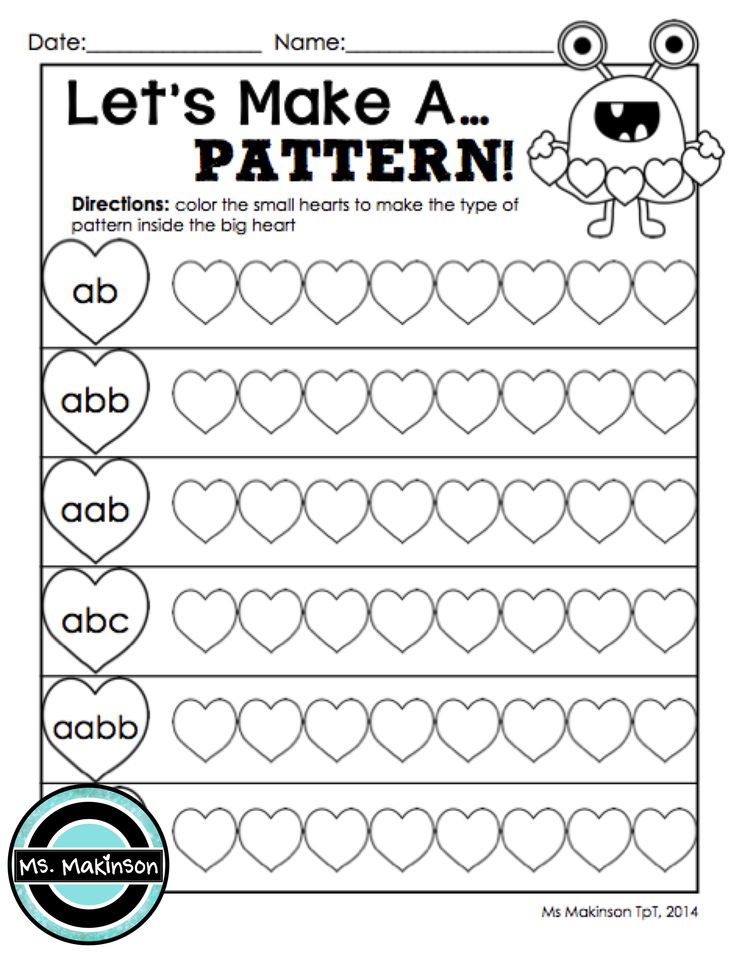
The best way to prepare children for problem solving is to give non-stop opportunities to actually solve real problems.
Encourage children to develop critical thinking skills.
You don’t necessarily need to be giving mathematical problems, just general problems that require training the brain to think, and think outside the box.
Allow many opportunities to:
- Build puzzles
- Solve brainteasers such as tangram puzzles
- Solve riddles
- Play games that require thinking
- Play with construction toys (e.g. figuring out how to make a bridge that doesn’t fall)
- Discuss problems and solutions during storytime
- Ask children for solutions to everyday problems
As you can see, most play experiences have hidden opportunities for learning maths.
Learn to recognize them and use them to consciously teach certain skills. Remember to introduce new vocabulary and ask questions constantly during play.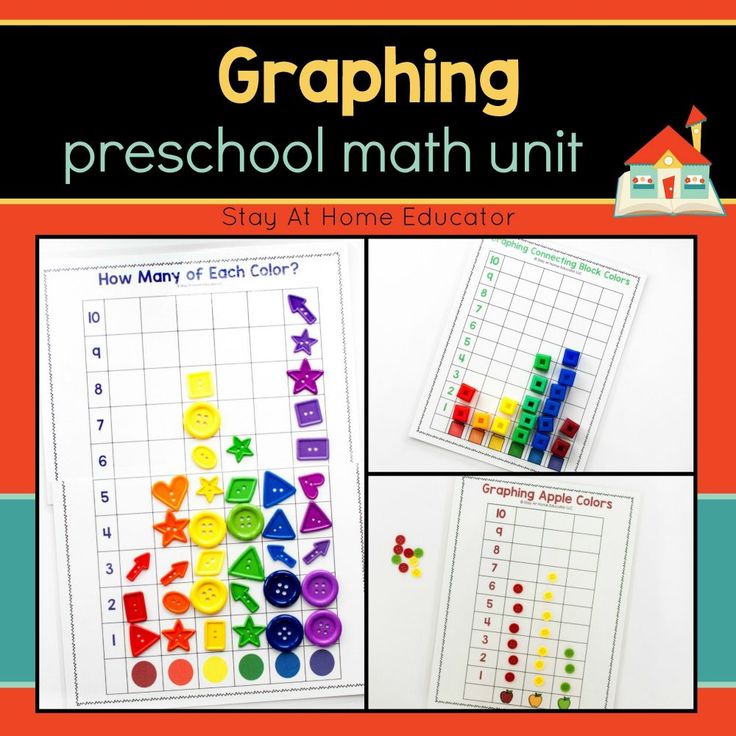
Introduce words such as: heavier, lighter, longer, shorter, earlier, later, more, less, more than, less than, fewer, extra, not enough, altogether, left, another, full, empty, matching, same, different.
I hope you’ve enjoyed reading this article and have some new ideas to try.
Get FREE access to Printable Puzzles, Stories, Activity Packs and more!
Join Empowered Parents + and you’ll receive a downloadable set of printable puzzles, games and short stories, as well as the Learning Through Play Activity Pack which includes an entire year of activities for 3 to 6-year-olds.
Access is free forever.
Signing up for a free Grow account is fast and easy and will allow you to bookmark articles to read later, on this website as well as many websites worldwide that use Grow.
- Share
Preschool Math Activities - Stay at Home Educator
Developing mathematics skills begin long before children enter formal schooling.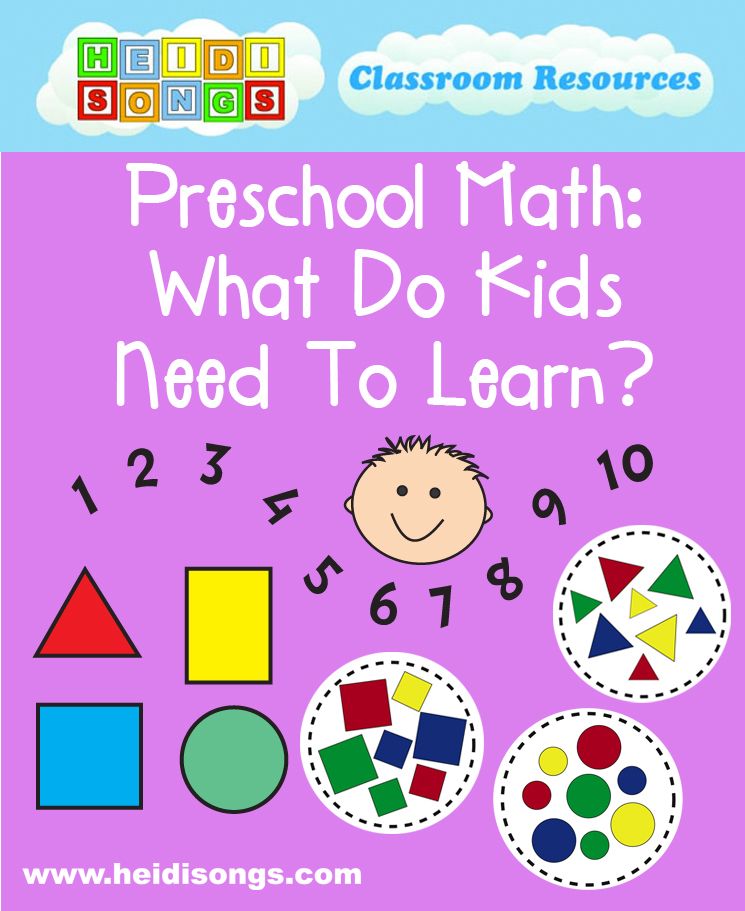 This is why choosing out which preschool math activities to include in your lesson plans are all the more important.
This is why choosing out which preschool math activities to include in your lesson plans are all the more important.
In fact, preschool and toddler aged children are constantly playing with math. They naturally sort and organize. They build and design. These are mathematical skills children have a natural interest in and their beginning development comes through the very natural act of playing.
It is all good and well to say that math skills develop naturally, but young children also benefit from purposeful preschool math activities.
This article is all about how to teach math to toddlers and preschoolers.The 5 Disciplines of Preschool Math Activities Instruction
Teaching math to preschoolers isn’t about doing endless preschool math worksheets. Learning activities should be hands-on and engaging, while targeting important number skills.
But preschool mathematics is more than just teaching counting and number identification.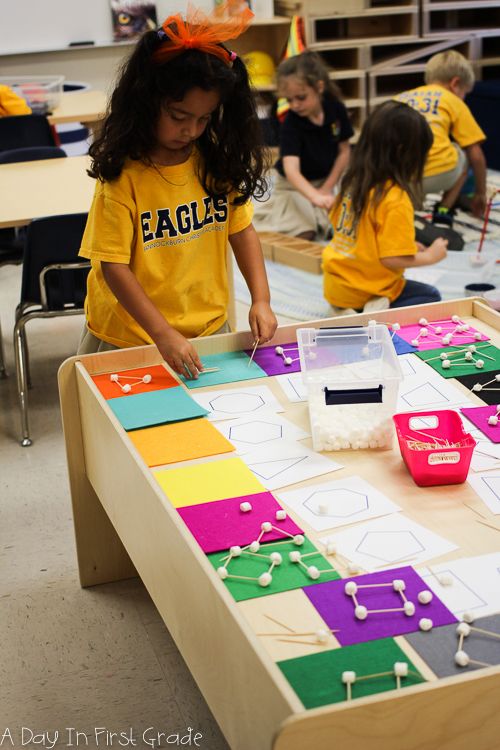 There are five disciplines in mathematics, which are taught in the following units:
There are five disciplines in mathematics, which are taught in the following units:
Number Sense
Graphing
Measurement
Patterning
Shapes
Sorting
Wondering What to Teach in Preschool Math?
Not sure what math skills you should include in your preschool math lesson plans? Or what kind of preschool math activities you should include? Grab a free checklist below.
How to Teach Math to Preschoolers
Young children love to play with mathematics, and through play is where some of the strongest mathematical connections will be made. These connections will provide them with the right foundation to learn formal math with ease.
Unfortunately, many elementary-aged children claim they hate math!
So this begs us to ask a question of ourselves as parents and teachers: What has happened to their enjoyment and confidence? Where has the joy gone? The joy they used to experience when building math skills?
And then we ask…what math activities for preschoolers are the most important? Am I planning the right preschool math activities so my students experience joy and excitement when learning math?
The early years allow children to explore mathematics in a natural way.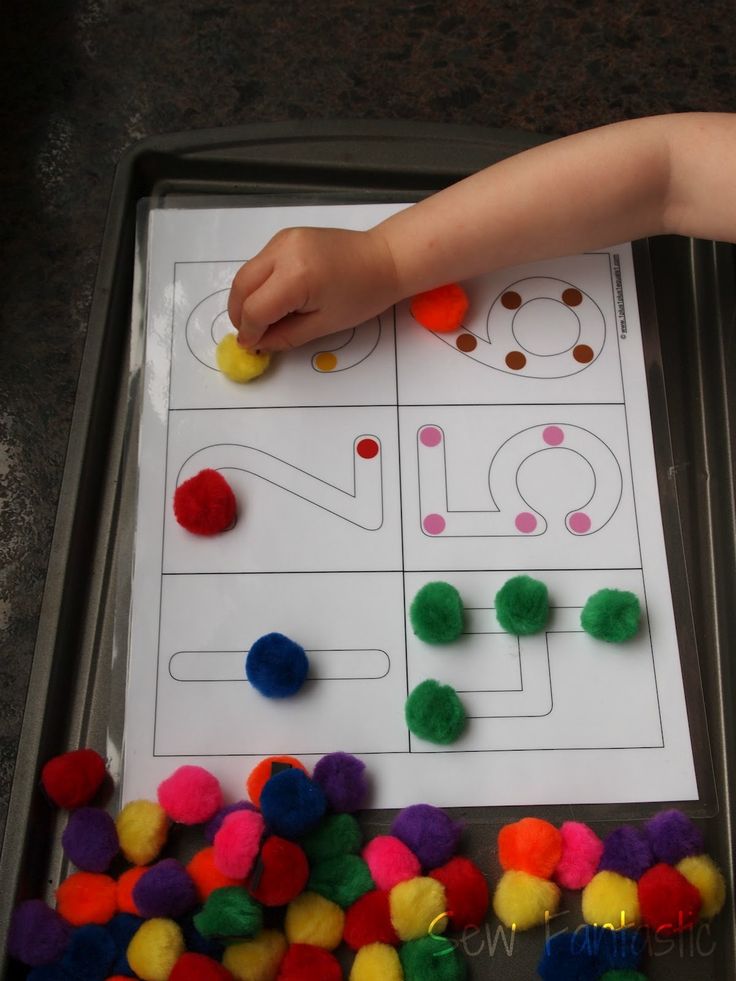 Through hands-on activities and play! Through preschool math games, too!
Through hands-on activities and play! Through preschool math games, too!
Think of the toddler who lines up his tractors in a neat row, or sorts her snack crackers by color. Or the preschooler who turns a puzzle piece to find the right fit or uses blocks to build a tower in increments of two. These are examples of preschool math activities that naturally occur in early childhood.
They are playful but purposeful. And meaningful, too.
And it is through purposeful and active lessons that preschoolers can be taught a strong foundation in all five disciplines in math.
The Five Disciplines of Math Explained
All mathematics skills are summed up into five disciplines or domains. They are not just for high school students, or middle school, or just for elementary students. The five disciplines of math also apply to preschoolers.
It may sound intimidating, but it doesn’t have to be. The instruction in all five disciplines is absolutely necessary to give preschoolers the best beginning possible in mathematics. They are:
They are:
- Number Sense
- Algebra
- Geometry
- Measurement
- Data Analysis
You might be thinking, “Seriously, I supposed to teach algebra to preschoolers?!”
Well, yes, but if you stop to think about it, teaching all five disciplines is easier than you think. And it is easy to make it developmentally appropriate for preschoolers, too! And, it is completely necessary for a complete and well-rounded preschool education.
What the Five Disciplines of Math Look Like in Preschool
Think about it like this: the following are some basic strands within each discipline.
- counting, number identification, addition and subtraction (number sense)
- patterns, comparing and sorting (algebra)
- shape identification, shape differentiation (geometry)
- comparing sizes, lengths and weights (measurement)
- graphing, simple estimation (data analysis)
To learn more about each domain, and to see way preschool math activities that fit within each, click the following links:
Number Sense Activities for preschoolers
Algebra Activities for preschoolers
Geometry Activities for preschoolers
Measurement Activities for preschoolers
Data Analysis Activities for preschoolers
Did You Grab your FREE Preschool Math Skills Checklist?
Take the guesswork out of how to teach math with this free preschool math skills checklist.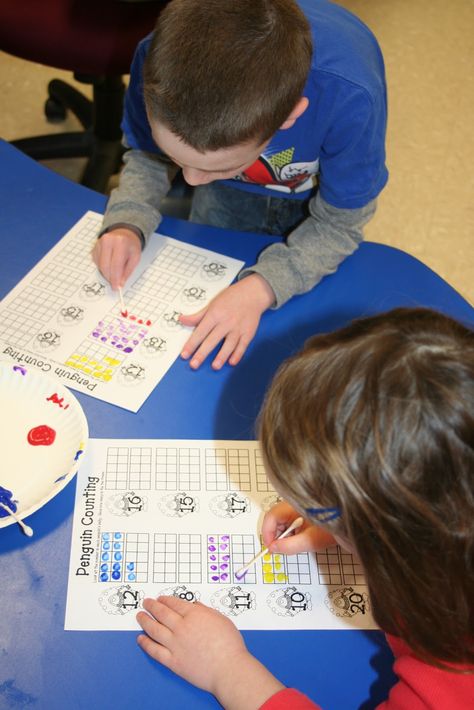 Just click the image and a pdf will be sent to your email.
Just click the image and a pdf will be sent to your email.
Printable Math Centers for the Entire Year
Having printable number cards, play dough mats, and other number activities for the entire year makes planning your preschool math centers even easier! Practice number matching and identification along with fine motor skills.
Free Printable Math Activities for Preschoolers
Math for preschoolers - math games
970
Mothers of preschoolers often say, "My child doesn't want to learn anything." With schoolchildren, things are a little easier, children of 7-8 years old have a more developed emotional-volitional sphere. This means that they are more independent, able to concentrate and hold attention intentionally, unlike themselves, but at the age of 5. Therefore, it is almost impossible to force a preschooler to study - you need to be interested! We offer a list of simple games and recommendations that can help parents of fidgets.
What in mathematics should a child know by the age of 5-6?
If the child is familiar with mathematics before school, it will help him to adapt more easily to the school load.
Basic things a preschooler needs to know and be able to do:
- Numbers from 0 to 9 and their corresponding numbers - you need to be able to correlate the number of objects with the number.
- Be able to count in order to 10 and back.
- Signs of addition and subtraction, as well as equals, greater than and less than.
- Be able to perform addition and subtraction within 10.
- Know the basic shapes and their names: circle, square, rectangle, triangle, as well as be able to divide them into equal parts.
- Spatial terms: left, right, center, bottom, top. These skills will help your child navigate the notebook better. Graphic dictation does an excellent job of reinforcing these concepts.
Math games for preschoolers
First, you need to understand what the child already knows and can do, and where there are gaps.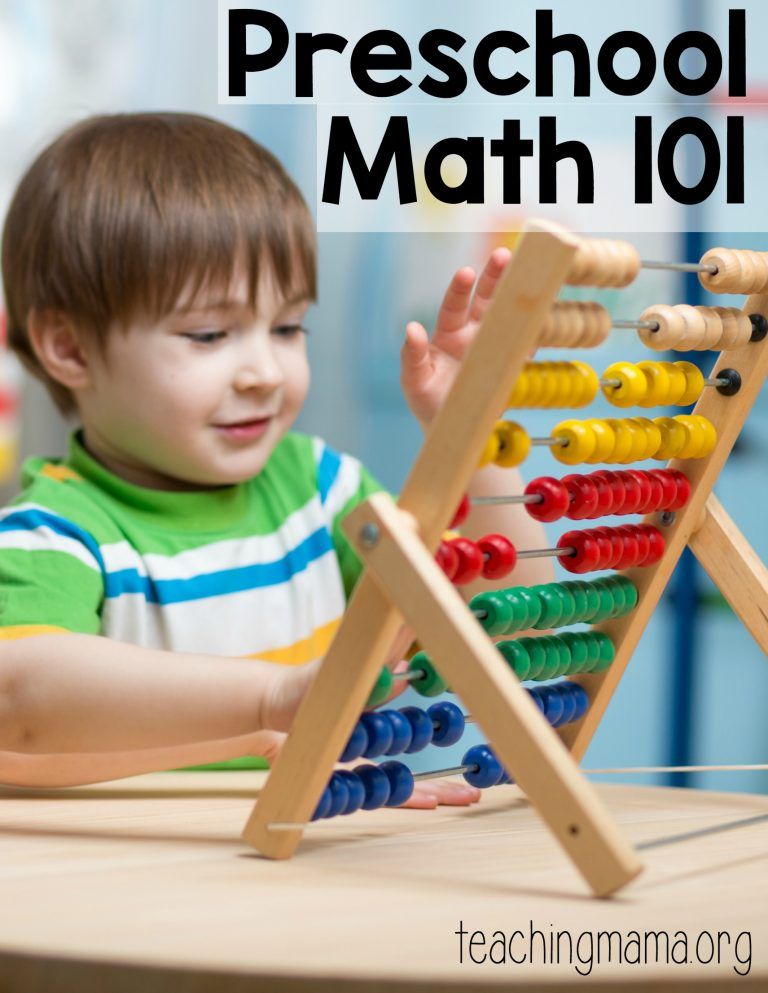 If the kid attends kindergarten, then, most likely, he already has an idea about numbers and geometric shapes.
If the kid attends kindergarten, then, most likely, he already has an idea about numbers and geometric shapes.
Remember that classes with preschoolers should take place in a playful way - they can be combined with outdoor games, they can be included in everyday activities (anything can be counted: steps, steps, trees, etc.).
If you want to introduce a child to geometric shapes, it’s not enough just to say: “This is a triangle, remember!” It is necessary to achieve understanding, abstract vision and memorization at the subconscious level.
The best math activities for children 4 - 6 years old:
1. Math coloring — train counting and fine motor skills. Mathematical coloring pages include: coloring by numbers, where each fragment is assigned its own number, and a certain color is assigned to it - as a result, the baby gets a bright picture. They also include a drawing that you need to circle, connecting the numbers in order, and then color the resulting picture as you wish. This option also trains counting, fine motor skills, logical thinking.
This option also trains counting, fine motor skills, logical thinking.
2. Geometric riddles. You explain to the child what the figure looks like, and his task is to guess which figure you are describing. It is possible to do this in the format of rhyming riddles, or you can describe them to your child in your own words. To consolidate the result, ask the child to find an object in the room that is similar in shape to the guessed figure, and then guess his figure and describe it to you so that you can guess it.
3. "Find the missing number" - draw cards for the game: lay out the row in front of the child in order, but skip 1 card. The task of the child is to find the missing number. So we can train both counting in order and in reverse order. With the help of cards, you can introduce the child to the composition of numbers, addition and subtraction
4. Use math riddles - basically simple puzzles. For example: a cat has 4 legs, but how many legs do 2 kittens have? So the child trains counting, spatial thinking and logic. We have already written about puzzles for children, maybe you will like them!
For example: a cat has 4 legs, but how many legs do 2 kittens have? So the child trains counting, spatial thinking and logic. We have already written about puzzles for children, maybe you will like them!
5. Store game. Use whatever materials are available. Give the kid drawn money (you can borrow it in monopoly), stick price tags on the items and invite the kid to go shopping.
The main rules for classes: finish classes before you see signs of fatigue on the child's face; remember that it is difficult for the baby, and this is normal - do not scold him in case of failures; End classes on a positive note and celebrate your child's progress.
You will find more games for developing mathematical abilities on the Razumeikin portal. Choose an age, a topic and start learning!
Did you like it? Share with friends:
Online classes on the Razumeikin website:
-
develop attention, memory, thinking, speech - namely, this is the basis for successful schooling;
-
help to learn letters and numbers, learn to read, count, solve examples and problems, get acquainted with the basics of the world around;
-
provide quality preparation of the child for school;
-
allow primary school students to master and consolidate the most important and complex topics of the school curriculum;
-
broaden the horizons of children and in an accessible form introduce them to the basics of various sciences (biology, geography, physics, chemistry).
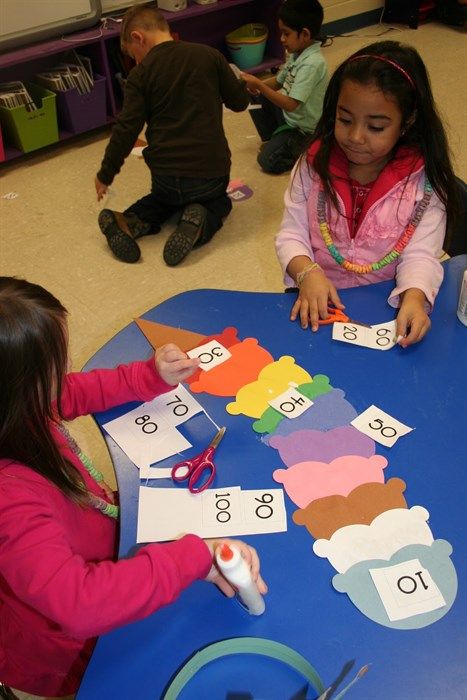
See also
Puzzles for children: why are they needed and from what age to play? How to teach a child to count Learning geometric shapes Math games for preschoolers
How to get a preschooler interested in math: games, tasks and tips
Doctor of Medicine, neurologist and professional teacher Judy Willis believes that teaching a child can, firstly, be easy and unobtrusive, and secondly, it can be done in the car, on the subway, and on a walk. In How to Make Your Child Learn Easy, published by Potpourri, she explains how math can become a part of your life and why it's important to show kids its importance every day.
To increase your child's interest in math-related activities, start with their favorite activities. Choose one that is different from the usual school lessons so that the child enjoys the application of this science in real life. Make up a series of math questions to think about with your child.
Choose one that is different from the usual school lessons so that the child enjoys the application of this science in real life. Make up a series of math questions to think about with your child.
In a school where there is usually an emphasis on rote memorization, children operate with bare facts. But when knowledge and skills are not put into practice, the child involuntarily becomes dependent on this way of learning, not establishing meaningful connections and not creating the mental images necessary to form long-term connections in memory. If the information finds some real application in the life of a child, it is processed in the brain in a completely different way.
Develop your child's mathematical memory and strengthen knowledge through his personal participation in one or another real activity. In addition, in order to retain the necessary information for a long time, lengthy training is not required at all.
Give your child simple tasks when shopping, reading, playing cards, counting money, having lunch in a restaurant, playing ball with him, etc.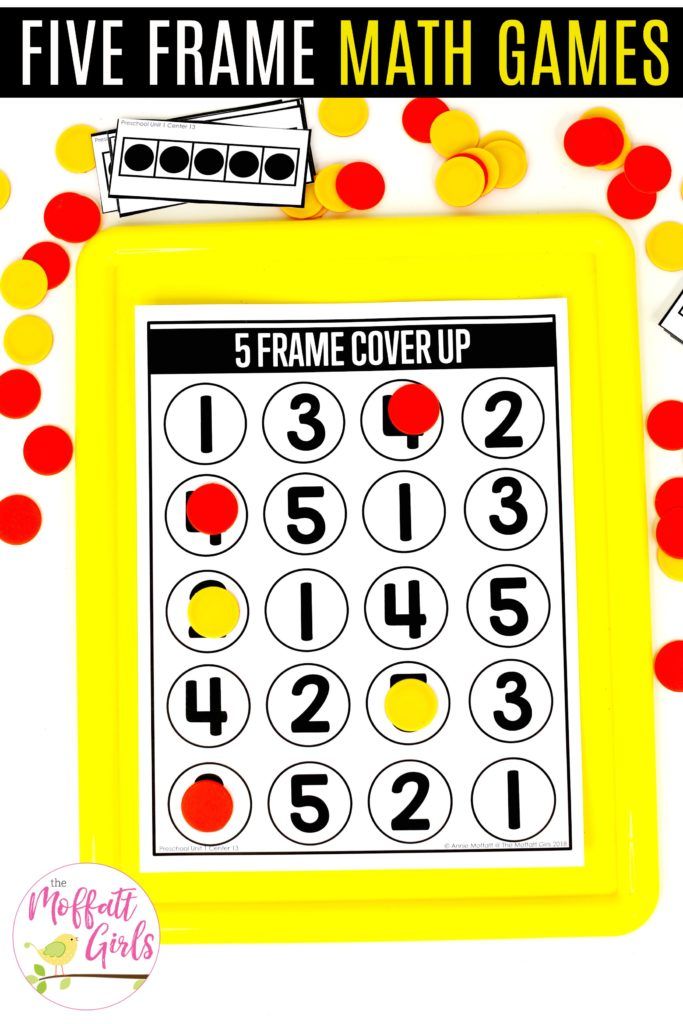 With your help, this science will go beyond the textbook, and in your brain son or daughter, clear images will form.
With your help, this science will go beyond the textbook, and in your brain son or daughter, clear images will form.
Situations that can be used to teach math
The following situations can be used to teach math through play.
- Shopping. Let the child mentally estimate how much money he will need to pay for all the goods in the grocery cart. Advise that the total expenses should not exceed $20 and ask him to tell you when it approaches this figure. A preliminary assessment will surely arouse interest in the child.
- Reading. Say: “This book of fairy tales was published in 1990. And you were born in 2002. How many years before you were born was this book published?” By linking your activities to your child's date of birth, you help to give him the impression that math has something to do with his personality.
- Eating. Suppose you are going to cook roast beef for dinner. Each serving weighing 400 grams takes 10 minutes to prepare.
 Ask your child what time you need to start preparing this dish if dinner should be on the table at 18:00. Seeing that his knowledge of mathematics is useful to you, and also how important it is to make the right decision, the child begins to realize the importance of this discipline.
Ask your child what time you need to start preparing this dish if dinner should be on the table at 18:00. Seeing that his knowledge of mathematics is useful to you, and also how important it is to make the right decision, the child begins to realize the importance of this discipline. - Lunch at a restaurant. Ask the child, "If I pay this $15.50 bill with a $20 bill, how much change will I get?" The ability to make assumptions arouses interest in the child and increases motivation.
Math games
Invite your child to play math games during synaptic breaks. They are aimed both at memorizing basic mathematical operations and at developing logic. Card games (for example, solitaire), as well as board games (for example, Monopoly and Rummikub) are simply unthinkable without the use of mathematical knowledge (as well as dominoes, sea battle and tic-tac-toe). Sudoku and math puzzles, of course, also effectively increase mental alertness. Thus, you have a huge selection of games aimed at developing a child's mathematical abilities.
- Hundred game. Competitors take turns rolling two dice and remembering or writing down the sum of all points. The goal of this game is to get as many points as possible. Whoever gets close to 100 points the fastest wins. You can't score more than 100 points!
- Ball game. Ask your child a question to reinforce the material covered in mathematics on the principle “Do you know? ..” and in case of a correct answer, throw a ball to him. The child can then ask you a question (not necessarily about math). This game has a double benefit: it develops mathematical abilities and motor activity.
- Student and teacher. If a child enjoys role-playing, he can take on the role of a teacher. To do this, you will need a blackboard, chalk, and other supplies to conduct the "lesson". You and plush animals will act as students.
- War card game. A deck of cards can be used to play "war of additions" or "multiplications".
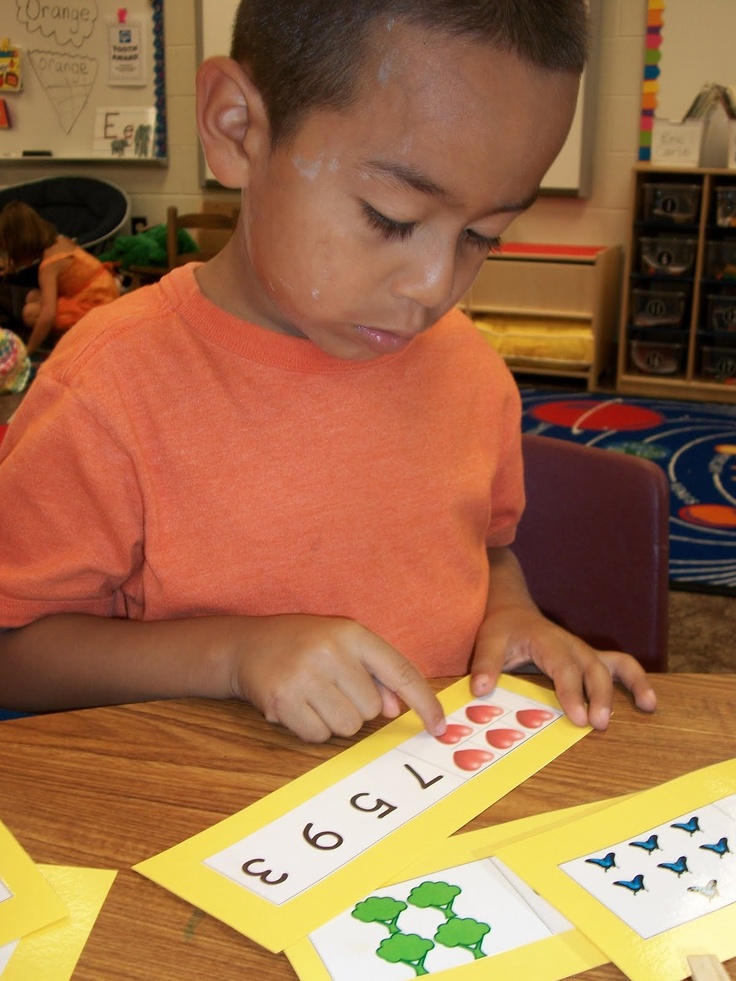 First, the participants are dealt the entire deck, but they should not look at their cards. Then each player turns two cards face up. In the "war of additions" the winner is the one who comes out with the largest amount. In the "war of multiplications" the one who has the greater product wins. The game continues until one of the participants runs out of cards.
First, the participants are dealt the entire deck, but they should not look at their cards. Then each player turns two cards face up. In the "war of additions" the winner is the one who comes out with the largest amount. In the "war of multiplications" the one who has the greater product wins. The game continues until one of the participants runs out of cards. - "Where can I go to eat?" Using a menu from a restaurant, a child must decide which three dishes they can order with $15.
- Computer simulation. This activity is great for developing multisensory and cognitive abilities. My students love to play Lemonade Stand. The goal of this game is to sell lemonade to get as much profit as possible. The child controls prices, equipment wear, supply costs, and product quality (children have found that using too much ice is expensive, and ice absorbs flavor; but not having enough ice on a hot day is also bad, therefore, it is important to consider also weather forecast).
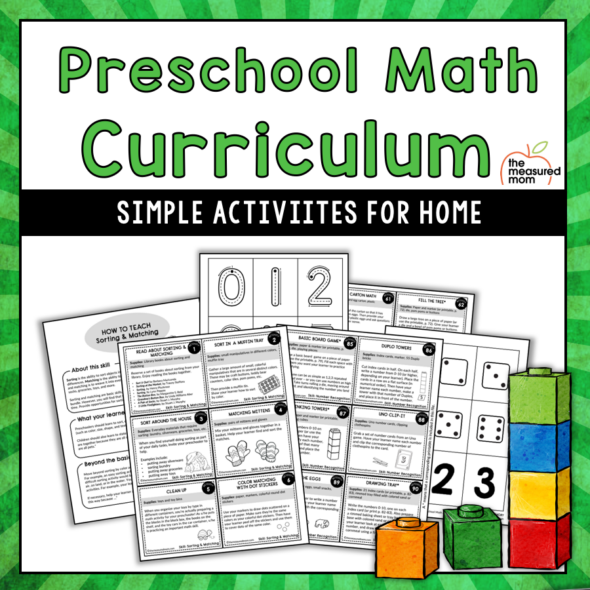 There are also many games that develop business skills and teach the basics of investing.
There are also many games that develop business skills and teach the basics of investing.
Try to constantly show your child examples of the use of mathematics in everyday life. Have him pour two 250 ml glasses of water into a half-liter measuring cup so that you can knead the dough; calculate how many plates you need for all family members; he will tell you what time you need to leave the house so that, after spending 30 minutes on the road, you can come to his friend at 14:00; determines when his favorite TV show will start. Thus, the child will see and understand how important it is to study mathematics, because this knowledge has to be constantly used in real life.
During a trip or a walk, invite your child to notice everything related to mathematics. Let him hear you figuring out if there's enough money for popcorn at the movie theater if you still need to leave $2 for parking. While driving, have a conversation about how numbers help determine speed, distance traveled, fuel consumption. Let the child estimate how long it will take you to arrive home, given the speed and distance.
Let the child estimate how long it will take you to arrive home, given the speed and distance.
If a child collects money, he will like to arrange it according to its value, and then count the total amount. If he regularly receives some amount of money from you, advise him to keep track of how this amount grows, or open a bank account.
Games and activities for children (4 years - 7 years)
Children love to guess and find out that their guesses are correct, especially if you help them and give them hints. Take two packages weighing 200 and 400 grams. You must name the weight, and the child should take the package you are talking about. Then let him, without looking at the indication of weight, compare the 200-gram and 400-gram packages. After that, give the child a third package, and let him determine which of the two packages her weight is closer to - to 200 or to 400 grams.
With practice, the child will probably be able to name the weight more accurately.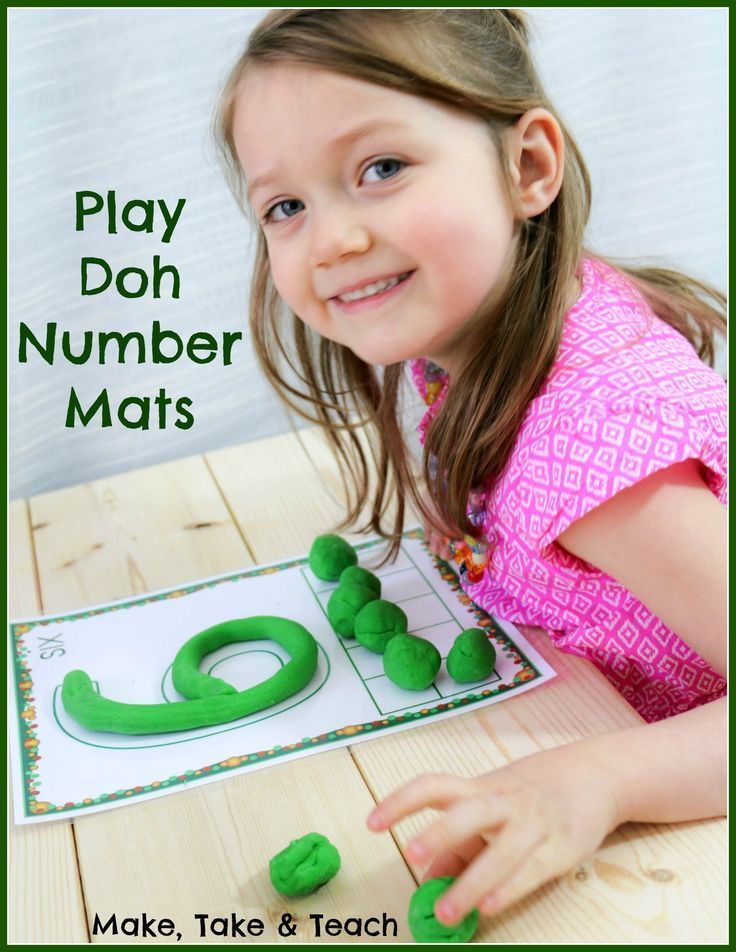 Ask why he thinks the new package weighs 250 grams. The child may respond, "It's a little heavier than the 200g and a lot lighter than the 400g." So the child will develop a "sense of numbers": by establishing the relationship between numbers and objects of the real world, he will begin to realize the concepts of "greater than" and "less than".
Ask why he thinks the new package weighs 250 grams. The child may respond, "It's a little heavier than the 200g and a lot lighter than the 400g." So the child will develop a "sense of numbers": by establishing the relationship between numbers and objects of the real world, he will begin to realize the concepts of "greater than" and "less than".
To reinforce the concepts of greater than and less than, ask your child how much they think a bag of oatmeal costs
If, for example, he assumes that a $3 box of cereal costs a dollar, say, "No, more." Then the child will name a large figure - 2 dollars. In this case, say again: “No, more,” and he will continue to increase the price until he calls the correct number.
In the course of such studies, for the first time, confine yourself to the study of integers. The child will experience great satisfaction when he sees that the price indicated on the box corresponds to his final guess.
You can start pointing to geometric shapes (triangles, circles, and rectangles) on buildings and road signs before your child is ready to learn their names.